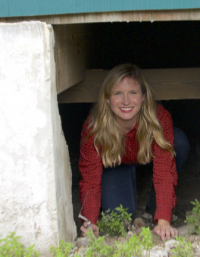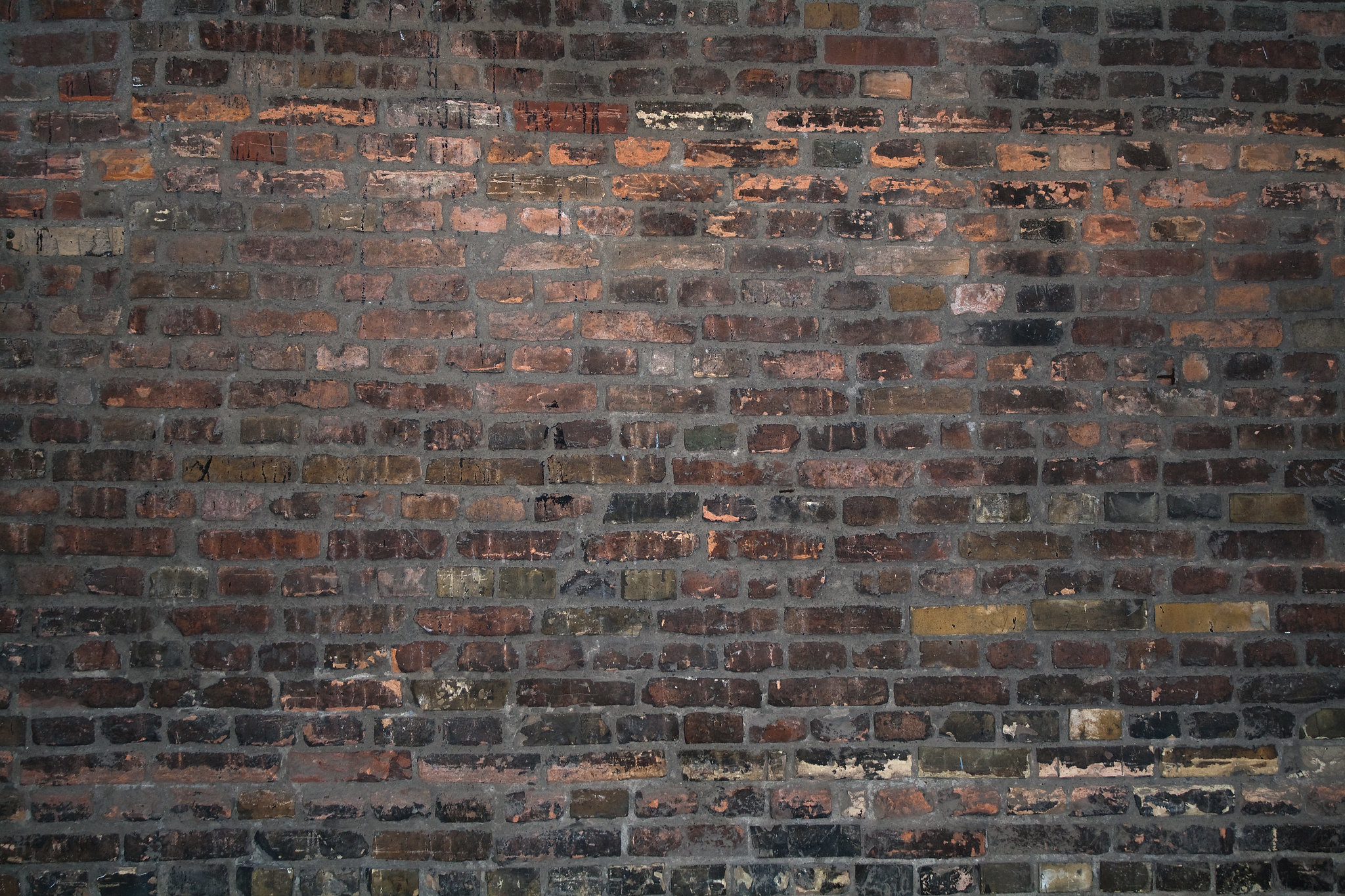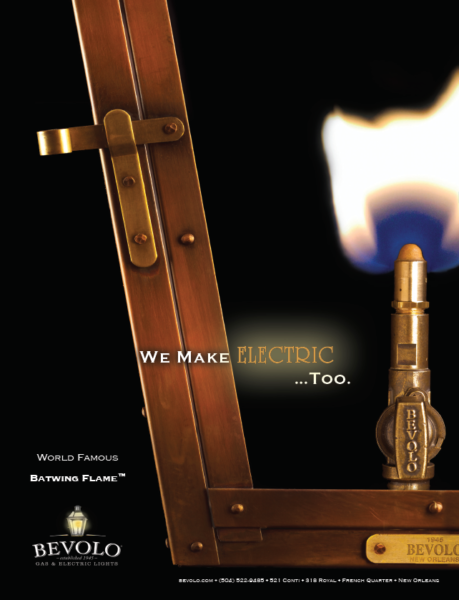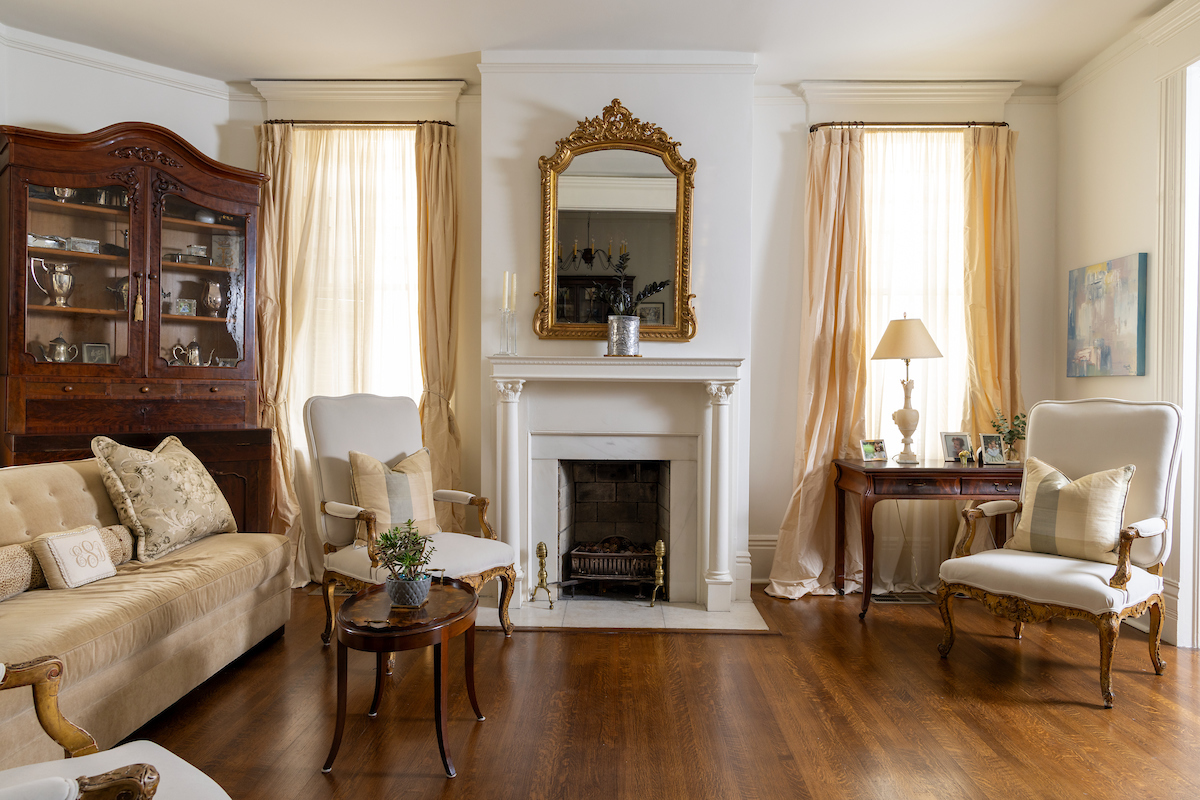This story appeared in the September issue of PRC’s Preservation in Print magazine. Interested in getting more preservation stories like this delivered to your door? Become a member of the PRC for a subscription!
Ask the Expert
In this new Preservation in Print feature, we invite readers to send us your home-repair questions, and we’ll track down experts to answer them.
QUESTION
We own a century-old raised-basement home in New Orleans. The first floor (basement) has a small apartment, and the apartment’s front room has exposed brick walls in one area. That bricked area is directly under a porch leading to the second-floor front door. In previous years, we’ve fully rebuilt that porch, adding a waterproof membrane under the slate tiles so that the apartment below would be fully watertight from above. Even after all of that work, the brick walls in the apartment are showing efflorescence and mold. We’ve sealed every place that water can come into the area from above, so the moisture must be wicking up from the ground through the bricks. Help! How do we stop this?
— Chris G., Uptown New Orleans
 THE EXPERT: Michelle Stanard Duhon
THE EXPERT: Michelle Stanard Duhon
Southkick + Rolf Preservation Works • 4516 Magazine St., 504.609.3890
Michelle’s Answer: It sounds like you have a classic case of rising damp. Rising damp occurs when your masonry wall sucks up moisture from the ground. The moisture travels about three to four feet up the wall via capillary action before gravity takes over, and that’s where it stops. The moisture must find a way out of the wall via evaporation. Since the exterior air is typically so humid, that encourages the moisture to evaporate towards the much dryer, air-conditioned interior.
When the moisture evaporates, it can leave salts behind and causes that musty, damp feeling. Rising damp is a nasty problem that affects a lot of buildings. Many people try to treat the problem by coating the brick with cement-based stucco and/or paint. These moves just push the problem to a new location or trap the moisture inside the wall and eventually cause serious damage.
Don’t despair! I recommend covering over the brick with a hydraulic lime stucco. Hydraulic lime “consumes” the moisture in the brick wall and uses it as part of the curing process. Hydraulic lime is what the Romans used to build the Aqueducts.
You cannot get hydraulic lime at the hardware store, but it can be purchased locally at Masonry Products. Make sure to store it in an air-tight and water-tight container.
I recommend the following application process. First, strip off any paint that was on the bricks. This is often the hardest part. Note: do not install a vapor barrier between the bricks and the stucco. It would defeat the purpose of using hydraulic lime.
Advertisement
- Blend 1 part Otterbein Natural Hydraulic Lime 3.5 to 3 parts sand. Mix with water to form a workable mix.
- Apply the scratch coat to clean brick. Lightly mist the brick with a spray bottle before applying the scratch coat. The brick should be damp.
- Apply scratch coat (can add fiberglass mesh if your contractor likes that).
- Once the scratch coat has been applied, lightly mist with spray bottle at end of application and again about 24 hours later.
- Depending on the humidity levels, the scratch coat will take about five days to cure.
- Apply a brown coat using the same Otterbein Natural Hydraulic Lime 3.5 as your binder. Mix 1 part lime to 2 parts sand. The brown coat can and should be smoother than the scratch coat. This is your chance to get a smooth surface.
- Once the brown coat has been applied, lightly mist with spray bottle at end of application and again about 24 hours later.
- Depending on the humidity levels, the brown coat will take about three days to cure.
- Apply a breathable mineral coating (like a limewash or lime paint) on top if desired.
Limewash recipe: mix Type S Hydrated Lime with water until it looks like whole milk. Keep stirring. Apply to damp wall. Limewash should be applied at least one to two weeks after your stucco has cured. Limewash is naturally anti-microbial.
NOTE: Every house is different so be sure to consult a professional before taking on any home repair project. Ask the Expert provides only general information.
Have a question for Ask the Expert? Email it to prc@prcno.org.
Learn more about historic home maintenance with PRC’s Maintain Right series
Advertisements









